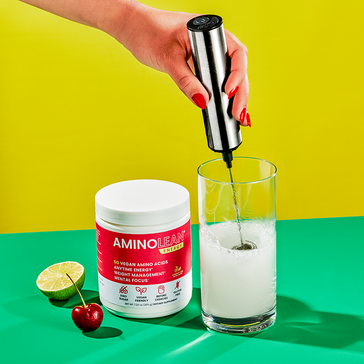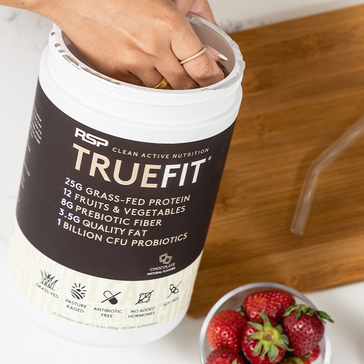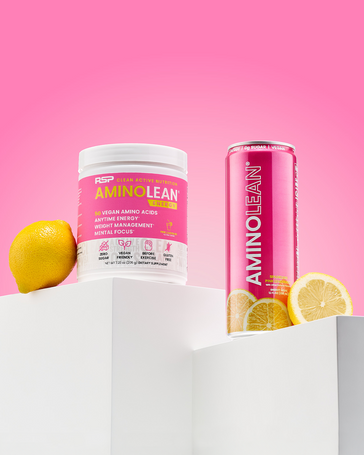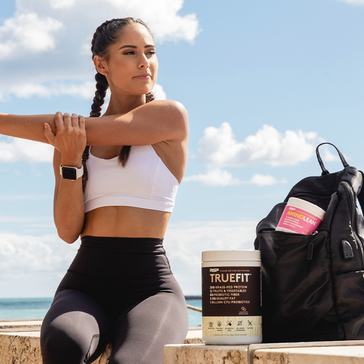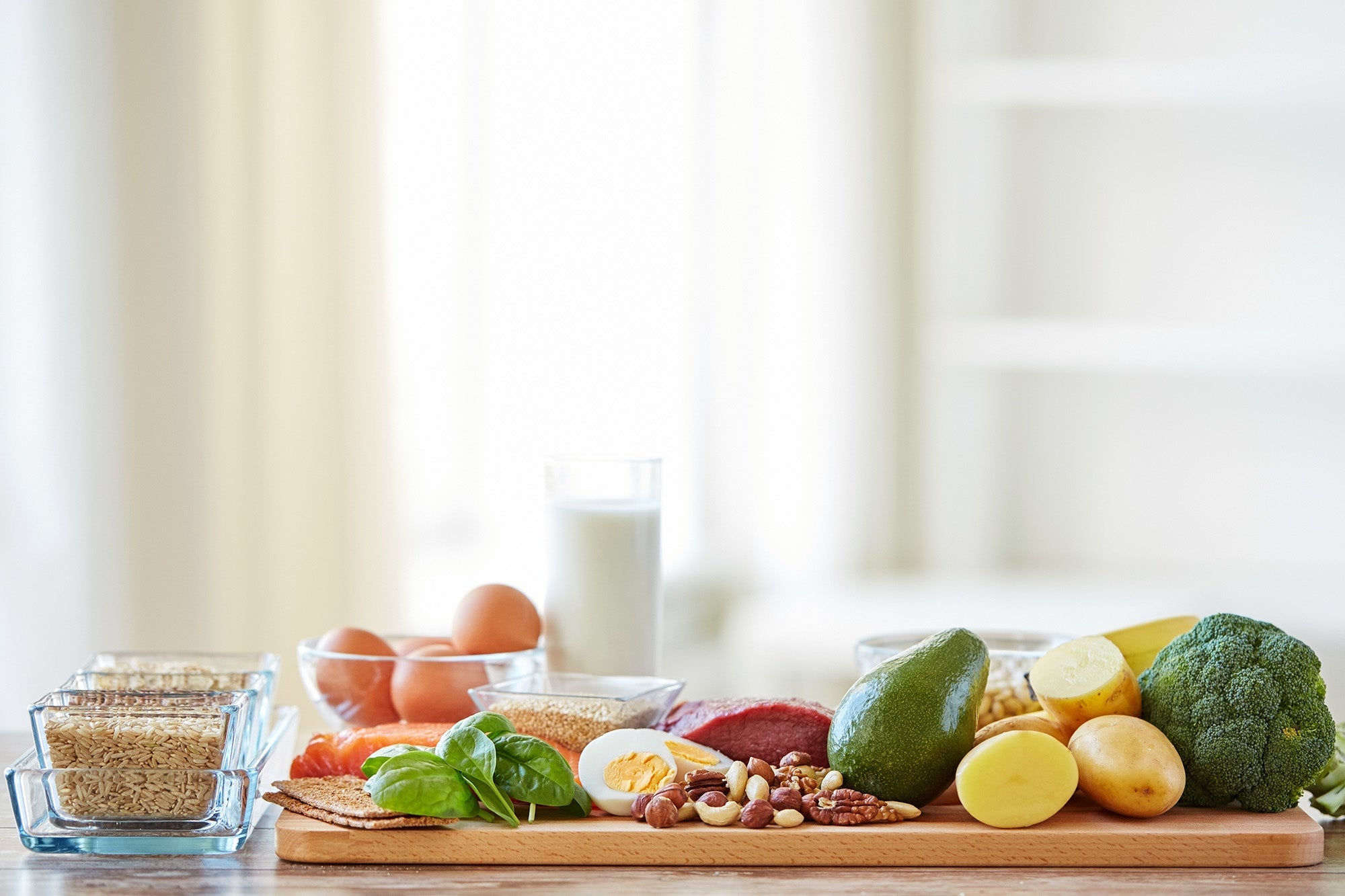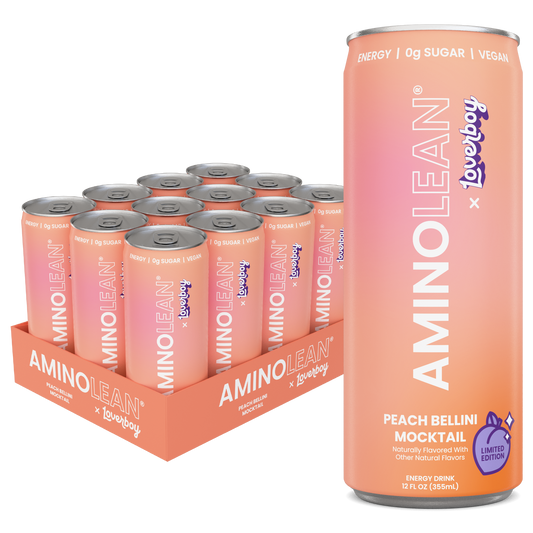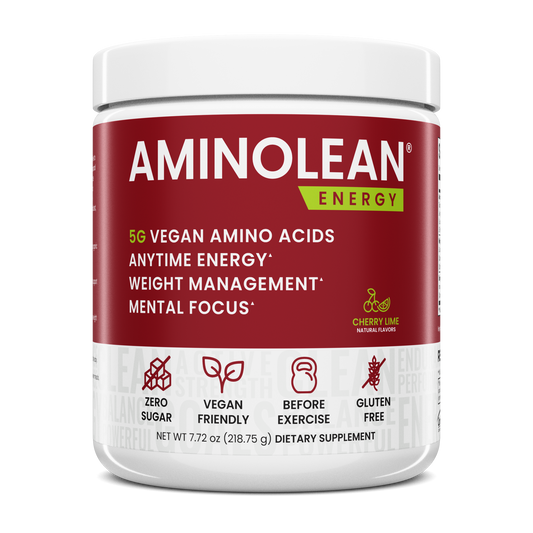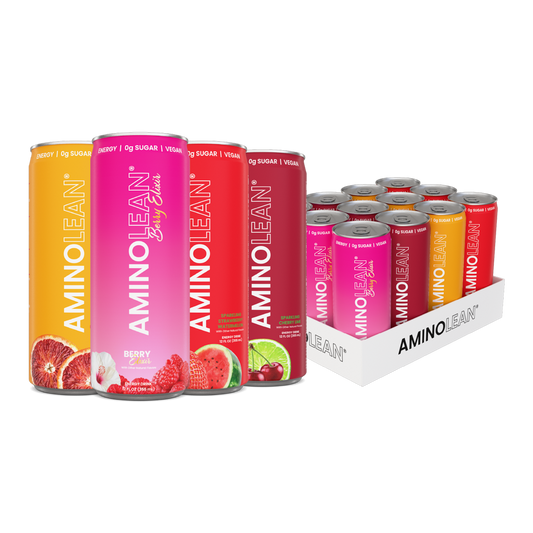Diet and nutrition are unique to the individual. We firmly believe in listening to your body (it has evolved over millions of years and knows what it wants!) and know that what works well for somebody else might not work for you. Moreover, we all don’t all have the same nutrition and fitness goals. As such, we are supporters of various healthy diets and know that different diets suit different people. Whether you follow a strict diet dogma (keto, vegetarian, paleo, vegan, etc.) or are eating to lose fat, gain muscle or increase your daily energy, we do believe there is one thing that we can all agree on:
Eat a diet of predominantly whole food and limit unnecessary additives and filler ingredients.
Our bodies were not designed to be assaulted with preservatives, fillers, pesticides, and other potentially harmful chemical agents now included in food. Moreover, they also weren’t designed to digest the mammoth amounts of added sugar and refined starch in today’s food environment. A common thread between today’s popular diet approaches is the emphasis on eating real, whole foods and limiting foods that have been altered from their natural state. We formerly ate cows and enjoyed the heme iron, CLA and B vitamins from their meat to nourish our muscles, tissue, and bones, but somehow began to pump them with hormones and antibiotics, feed them grain instead of grass, and artificially dye their meat to match the lighting in a grocery store. While there is no blanket recommendation for every person in the human population, there are some common guidelines we can all follow.
Our nutrition consultant, and founder of Essence Nutrition, Monica Auslander Moreno, MS, RD, LD/N recommends four key tenants:

- Eat more foods that grow in the earth. Where are the colorful earth foods? New guideline: make 50% of your plate vegetables. Layers of vegetables. All different vegetables, and all different colors, which speak to the unique phytonutrient profile of the vegetables. The USDA recommends five serving of vegetables a day; but, in actuality, many of us could benefit from up to 7-10 for optimal health.
- Most people don’t have a problem consuming fruit, but don’t overdo it (given the sugar content). Two per day is fine for most (again, you may require more… or less!). Fruits contain phytochemicals which fight everything from bloat to cancer. Nature’s medicinal candy, indeed.
- Complement your veggies and fruit with nuts, seeds, and legumes of all shapes and variety. They all bring something unique to the table, nutritionally-speaking. Layer on meals with foods like grass-fed beef, grass-fed game meats, wild fish and seafood, eggs, etc.
- Cut back on added, excess sugars. Sugar used to be an indulgent luxury. It was expensive and rare. Now it’s cheap and omnipresent. Harken back to the days when sugar was a treat, not a right. Raw local honey is one thing; extra scoops of refined sugar for your morning coffee is another.
Underlying theme: eat WHOLE foods, REAL foods, and MINIMALLY processed foods.
That said, eating a diet of real, whole foods can be challenging. We know that wild caught salmon is expensive and that it is not always possible to carry around an avocado or hard-boiled egg in your pocket or purse. So, we have come up with some real food “hacks” to make your life easier, healthier and more convenient.
1. Unprepared and Hungry? No Problem!
- Meal prepping is great and can be extremely beneficial, but even for the most dedicated individual, it is inevitable to find yourself in a public setting, hungry and without a container full of grass-fed ribeye steak or organic broccoli sprinkled with nutritional yeast. To make matters worse, it is all too easy to just grab a hyper-palatable (and hyper-unhealthy) snack from the closest store. Luckily, there are a few nutrient-dense items you can almost always find at most convenient stores, gas stations, markets and bodegas alike. Specifically, nuts and seeds are our favorite options (just make sure there are no added sugars or artificial additives). You might also get lucky with a banana or apple at the checkout counter. A general rule of thumb to keep in mind is that if it grew from the earth and doesn’t have a long list of ingredients that you can’t recognize, it’s a pretty solid option. Monica Auslander Moreno suggests another rule, “if someone from the developing world would not recognize what you’re eating as food, it’s probably best to avoid that choice.”
- From little kids at school to adults on the job, sandwiches have been the on-the-go food of choice for decades. It’s also probably not news to you that even whole wheat breads marketed as healthy can contain artificial ingredients and sugars that can lead to health deterioration and weight gain (check out the ingredients on your “100% whole wheat” bread next time you’re at the grocery store). But you can absolutely still enjoy your sandwiches stuffed with an assortment of healthy meats, fish and veggies without the bread! “Try lettuce wraps or breads made from exclusively whole food sources (oats, millet, or sprouted whole grains). These bread options are becoming more ubiquitous at grocery stores. Collard greens also make an excellent wrap. Worst case? Dump out the “insides” of a sandwich you bought into a to-go container and you’ve now got yourself a sumptuous salad,” states Auslander Moreno. If baking suits you, try experimenting with homemade versions of breads that are flax and oat based, as opposed to wheat based. “Flaxseeds and oats are much more nutrient dense than a typical wheat bread you may find at the grocery,” Auslander Moreno adds. If not, there are also plenty of nut, seed, oat and coconut based bread products that can be found online or at many grocery stores. Just make sure to read the labels and confirm that the ingredients are not derived from white flour and that there is no added sugar (and remember, sugar has many names!) or other harmful ingredients.
- Sure, sitting down for a home cooked meal is always preferable, but that isn’t always possible. An all-natural protein shake can be a great option when you’re on the go or need a healthy snack. Our TrueFit protein is an all-natural, non-GMO option from grass-fed, pasture-raised cows that is also packed with other real, whole foods ingredients and is free of artificial sweeteners. Just add water and go or add your favorite smoothie base liquid and press blend! A TrueFit shake can be a great meal replacement, snack or supplement to your pre and post workout routine that provides a complete protein source as well as a proprietary blend of plant extracts, probiotics, and prebiotics in the spirit of a complete meal. Auslander Moreno adds that “it can be as basic as simply powder + water, or can be enhanced with fruits, vegetables, nuts, seeds, herbs, spices, and oils to meet your specific needs.”
Our mission is to empower you to live your life to the fullest by fueling your body optimally. We don’t idealize perfection; we idealize progress and constantly evolving, improving habits. At the end of the day we want you to live your life and listen to your body. Don’t allow “perfect” to become the enemy of the “good”. While it’s true that some advance thought and preparation can go a long way, you don’t have to totally derail from a whole food-based diet when time is short or you are on the go.

